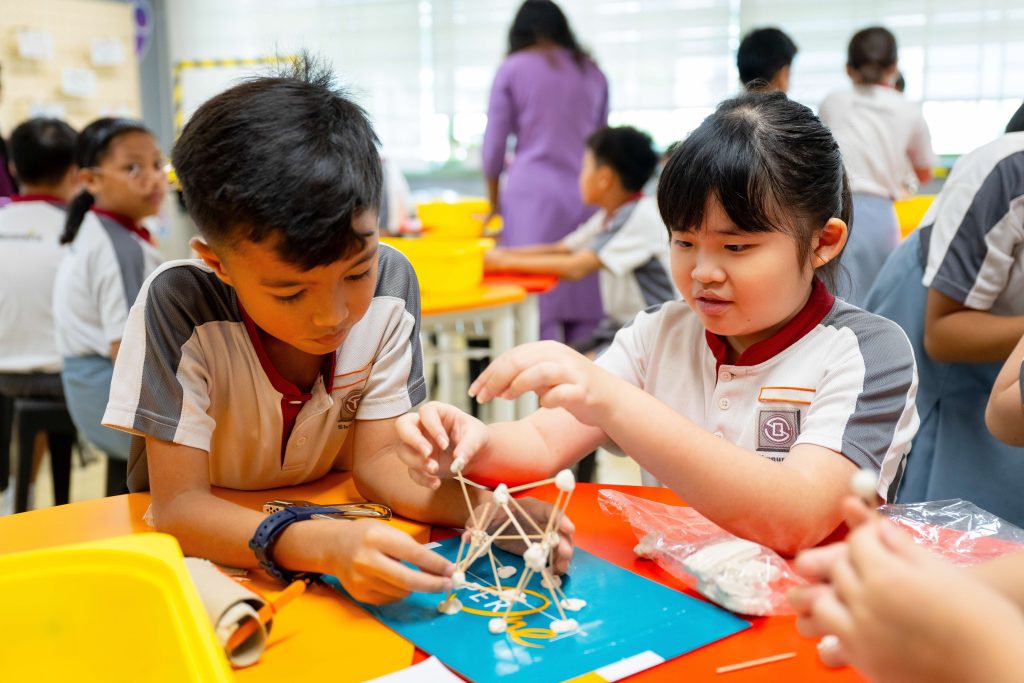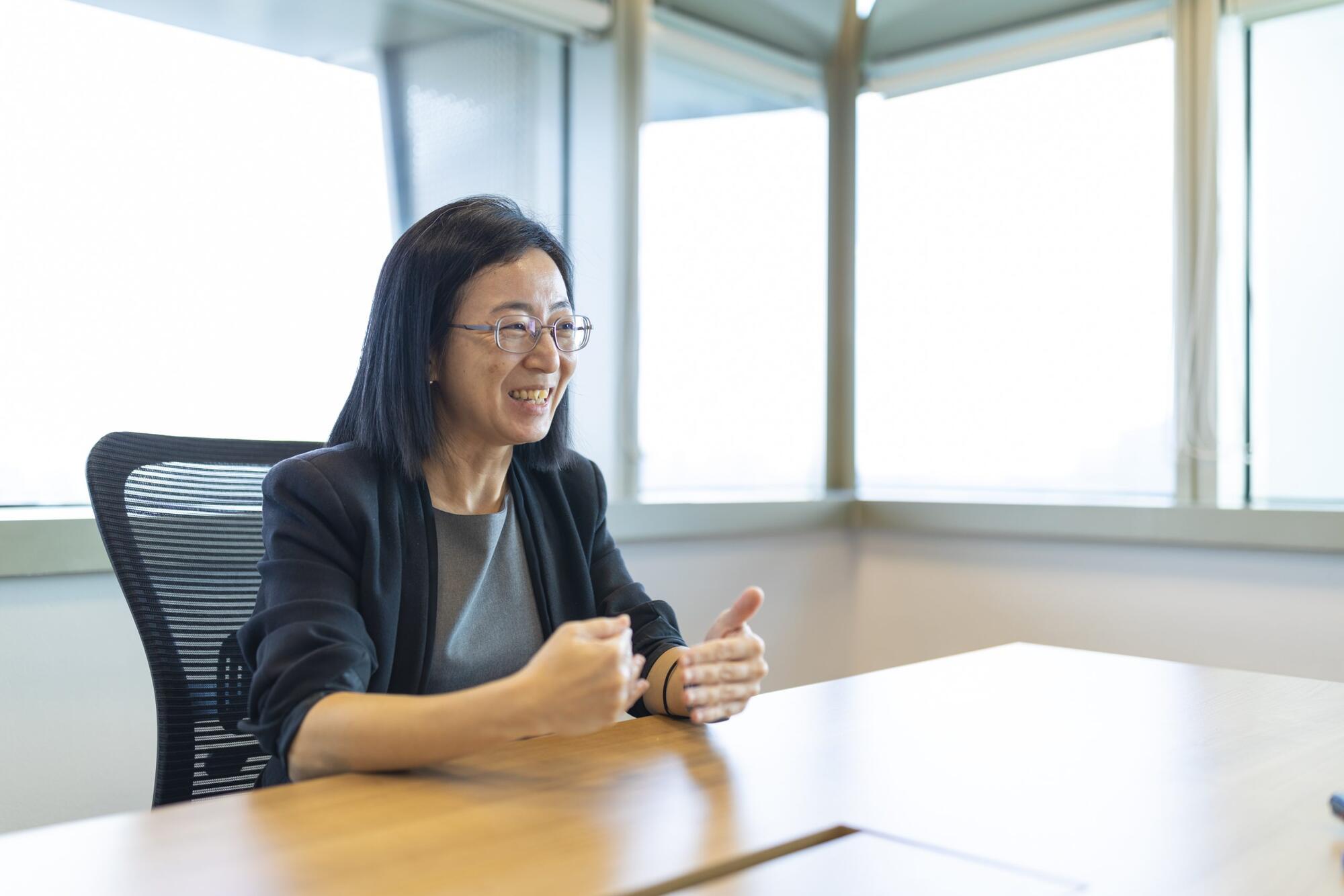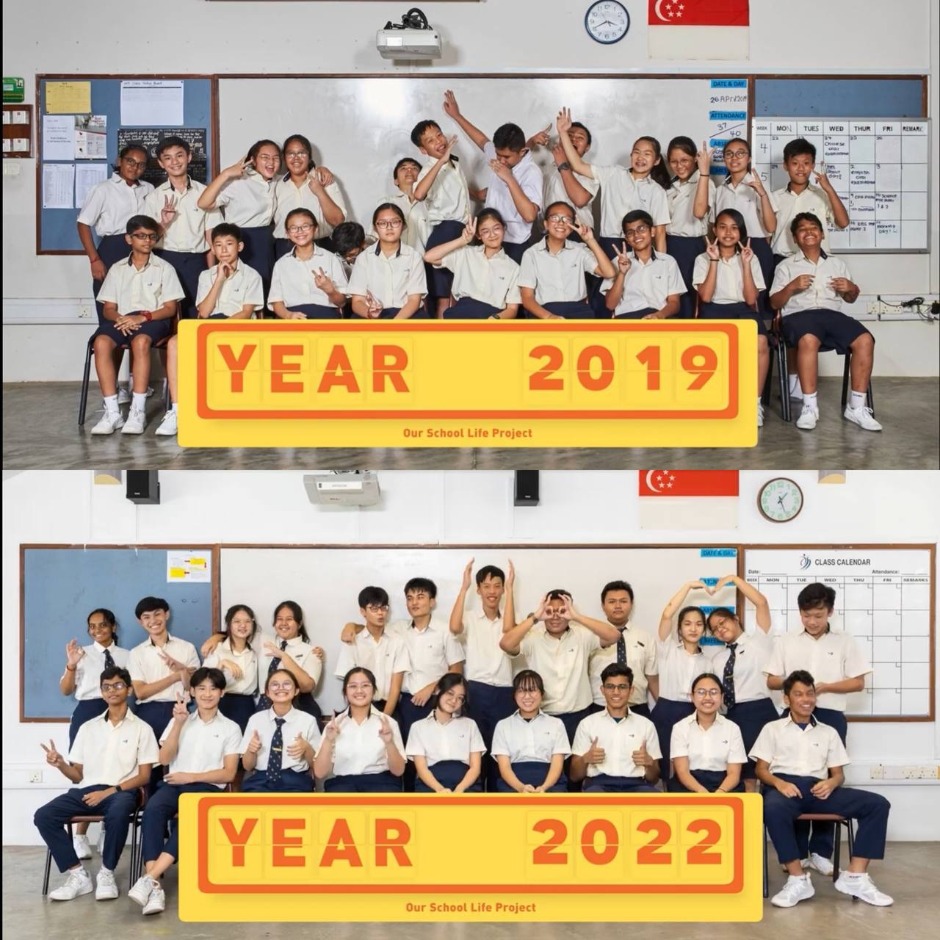The process of choosing schools generates much research and discussion among parents and students, but what about choosing subjects?
For many Secondary 2 students, choosing their subject combinations at the end of the school year is still a significant exercise. This is when schools encourage parent and child to review the student’s interests, strengths and areas for improvement in various subjects, and explore career goals too, before putting in their requests for subjects to be taken at upper-secondary level.
It is also through such conversations that biases towards popular subjects and combinations may emerge.
When she was the head of MOE’s Sciences Branch, Mdm Lee Lin Yee was all too aware of the perception that certain subject combinations are “better” than others.
The Sciences Branch oversees the teaching of Computing, Design and Technology, Electronics, Mathematics, Mobile Robotics, Nutrition and Food Science, Smart Electrical Technology, and the various Science subjects.
When Mdm Lee’s daughter was picking her Secondary 3 and 4 subject combination back in 2022, the teenager surprised her by showing interest in the Triple Science combination of Biology, Chemistry and Physics. She liked Science but not to that extent, so why go for the full slate of Pure Science subjects?
Her daughter revealed that she was swayed by talk among her friends that this combination is the toughest to qualify for and hence the most desirable. The teenager also heard that the Humanities subjects may be tougher to hit high scores in, hence she wanted to take up more Science subjects. And so, Mdm Lee saw wisdom in quelling any stress that students – and parents – may have towards subject selection.
Career playing field has changed
For starters, who started the scale of desirability for Science? It comes from a good place, Mdm Lee affirms.
Society has a healthy and valid respect for Science-based professions such as medicine and engineering. And because of Singapore’s economic priorities, there was also a premium attached to STEM-related fields such as engineering, research and development, and life sciences, which led to high demand and high pay.
Parents also mean well when they nudge their children towards the Sciences, because traditionally, Science students can pursue careers in non-science fields, but seldom the other way round.
However, the world of work is more and more dynamic today, and notions of what are considered ideal pathways, attractive jobs and growth areas are ever evolving, says Mdm Lee, who is now Divisional Director at MOE’s Educational Technology Division.

These ideas of prestige do not mean much if a student has no fancy for those subjects.
Mdm Lee Lin Yee
Case in point: The route to becoming a doctor has expanded, and Triple Sciences is not the only way there (but more on that later).
Hence, it bodes well for parents to be more familiar with the diverse work landscape, to better guide their children.
Pursuing a course or subject combination because of its perceived clout may also backfire. “These ideas of prestige do not mean much if a student has no fancy for those subjects,” Mdm Lee stresses; students are better off picking subjects that align with their interests – they are more likely to succeed not just in those subjects and courses, but also in their careers thereafter.
Pure science vs combined science
While some things have changed, some things have stayed the same.
When taking upper-secondary Science, pursuing a Pure Science combination often comes with prerequisites, requiring students to score grades that demonstrate a certain level of competence in the Sciences and/or Maths.
“For the Sciences or Maths at the upper-secondary level, there are clear linkages to lower-secondary content taught. So students’ scores become a way for a school to assess if a student is able to manage the subject at a more advanced level,” explains Mdm Lee.

If a child can’t qualify for Pure Science subjects and is offered Combined Science instead, they should not be disheartened, she adds. Combined Science, where selected topics from two Pure Science subjects are combined to form one subject, “is not a lesser Science subject in any way”.
“The aim of Combined Science is to ensure students get to experience two different Sciences while keeping to the workload typical of one subject. Combined Science is a subset of the Pure Sciences by topics, but it is not that the topics chosen have no depth.
“We have designed the curriculum such that students who offer Combined Science can still move on to take H2 Science at the A-Levels.” Students need to offer three H2 subjects and one H1 subject at the A-Level exams to advance to university (H1 subjects have about half the content of H2 subjects).
Course criteria ‘are more relaxed’
On the whole, the education system has been increasingly enhanced to become more porous. Initiatives such full subject-based banding, which is being rolled out to all secondary schools this year, enable late bloomers in science to advance to their desired post-secondary courses, says Mdm Lee.
“Students can start off by taking subjects at a lower level, and then offer them at a higher level along the way,” she points out.
At the post-secondary level, the polytechnics and universities regularly review the course admission requirements, removing or reducing entry barriers where possible, and offer bridging modules for first-year students to plug their knowledge gaps in some instances.
If students have certain careers in mind, they may browse polytechnic and university websites and look for the course criteria: Not many polytechnic courses insist on a particular Pure Science subject for admission either, she advises.
The popular notion that the Triple Science stream offers students the most options is also somewhat overstated, she says. At the Yong Loo Lin School of Medicine at the National University of Singapore, for example, Triple Science is not a prerequisite. Students would need H2 passes in Chemistry, and either Biology or Physics, at the A-levels or the International Baccalaureate diploma. The medical school also admits students with a good grade point average (GPA) from selected diploma courses in the polytechnics.
What if they didn’t get their desired subjects?
As it turned out, Mdm Lee’s daughter did not get her preferred Triple Science combination and was assigned a Double Science class. Watching her navigate secondary school life, where everything had been going her way up to that point, Mdm Lee realised this was a lesson the teen needed to learn.
“In life, there will be times we fail to get what we want. In school, we can’t always take every subject we are interested in. We need to know when we should make the best of what we have and move on.”

In life, there will be times we fail to get what we want. In school, we can’t always take every subject we are interested in… There are multiple pathways that can bring students closer to what they want to do, as long as they keep an open mind and keep learning.
Mdm Lee Lin Yee
The best thing she could do as a parent – and educator – was to give her daughter space to process her disappointment, and encourage her to adopt a positive mindset and self-directed learning to pursue knowledge beyond what is taught in schools, she says.
She advises fellow parents to discern if a subject choice comes from the child’s wish or their own, as well as to allow the school, who would have professional knowledge on the child’s strengths, to weigh in on the final decision too.
Even when students fail to get their desired subjects at the end of Secondary Two, and it looks as if many of their options have closed on them, “these doors look closed only at this singular point in time,” says Mdm Lee. With the increasing range of options and open mindsets these days, there will be other opportunities to succeed.
Ultimately, the choice of subject combination is just one milestone in an individual’s journey of lifelong learning.
“Learning takes place everywhere, not just in schools, and no doors are closed forever,” she says. “There are multiple pathways that can bring students closer to what they want to do, as long as they keep an open mind and keep learning.”






.jpg)